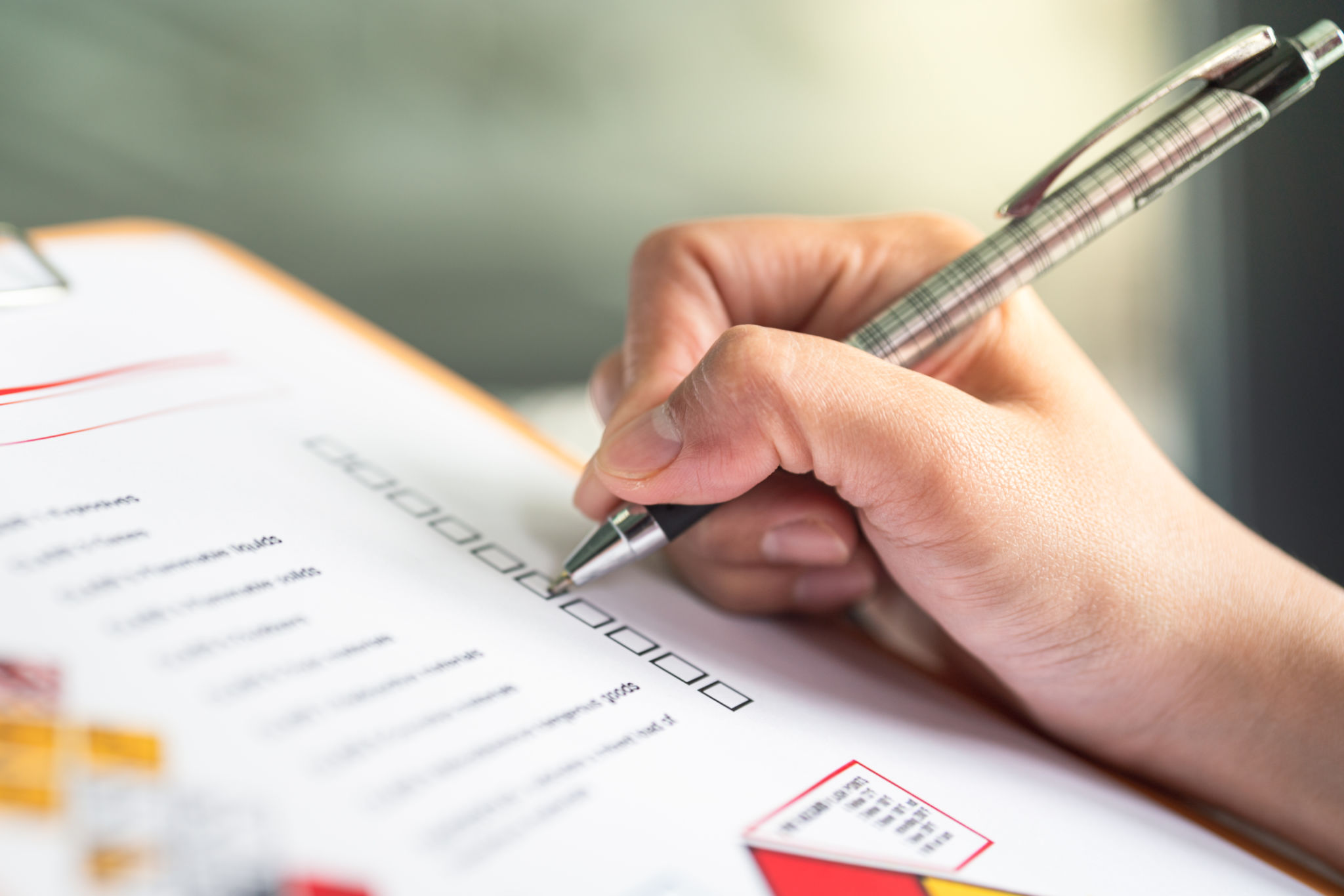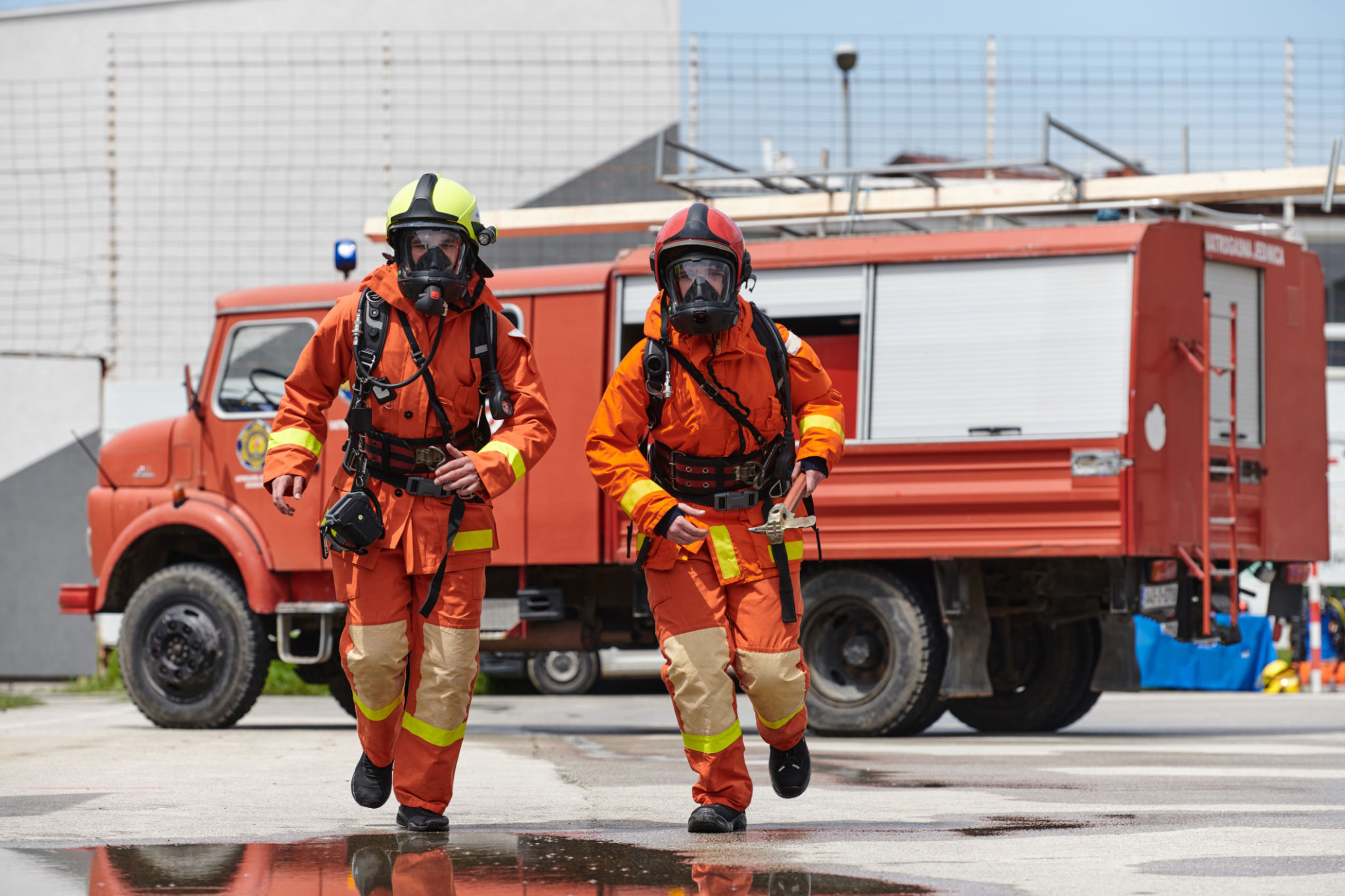Post-Accident Drug & Alcohol Testing: A Step-by-Step Process for Employers
Understanding Post-Accident Drug & Alcohol Testing
Post-accident drug and alcohol testing is a critical process for employers, ensuring workplace safety and compliance with legal regulations. It helps identify whether substances played a role in an incident, protecting both the company and its employees. It's essential for employers to have a well-defined procedure in place to handle such situations efficiently.

When to Conduct Post-Accident Testing
Employers should conduct post-accident testing as soon as possible following a workplace incident. The general rule of thumb is to perform the test within 2 to 8 hours. This timeframe helps ensure accurate results, as substances may dissipate from the system over time. Establish clear guidelines on which types of accidents warrant testing, such as those involving injuries, significant property damage, or when there's reasonable suspicion of substance involvement.
Step-by-Step Process for Employers
Step 1: Immediate Response to the Accident
The first step after an accident is to ensure the safety and well-being of all employees involved. Provide necessary medical assistance and secure the accident site to prevent further harm. Once safety is ensured, gather initial information about the incident from witnesses and involved parties.

Step 2: Determine the Need for Testing
Based on your company's policy and the nature of the accident, decide whether testing is required. Consider factors like the severity of the accident and any observable signs of impairment. It's crucial to act impartially and consistently to avoid any perception of bias.
Step 3: Coordinate the Testing
Once the decision for testing is made, coordinate with a designated testing facility. Ensure that transportation is arranged if needed, and maintain confidentiality throughout the process. Use certified laboratories that adhere to legal standards for accuracy and reliability.

Step 4: Documentation and Reporting
Thorough documentation of the entire process is vital. Record all details regarding the accident, decision-making process, and testing results. Keep these records confidential, but accessible for any necessary reviews or legal proceedings. Effective documentation supports your compliance efforts and protects against potential disputes.
Step 5: Review and Follow-Up
After receiving the test results, review them carefully. If results are positive, follow your company's disciplinary procedures in accordance with your drug and alcohol policy. Provide resources for rehabilitation if necessary, promoting a supportive work environment. Additionally, conduct a follow-up investigation to identify any underlying causes of the accident and implement preventive measures.

Conclusion
Implementing a clear and consistent post-accident drug and alcohol testing process is crucial for maintaining workplace safety. By understanding when to test, how to coordinate it, and documenting each step meticulously, employers can navigate these challenging situations effectively. Ultimately, this not only ensures compliance but also fosters a safer working environment for everyone involved.
